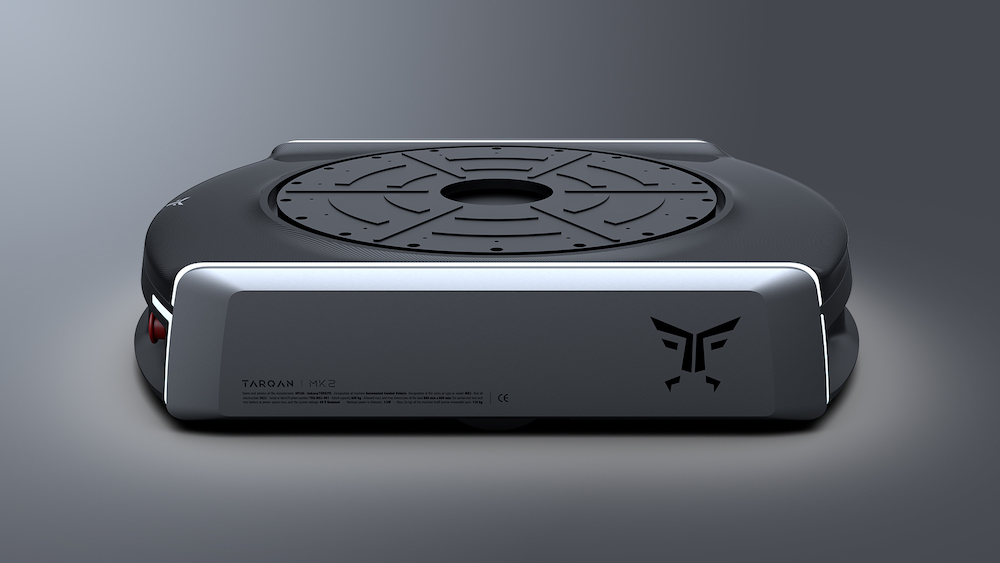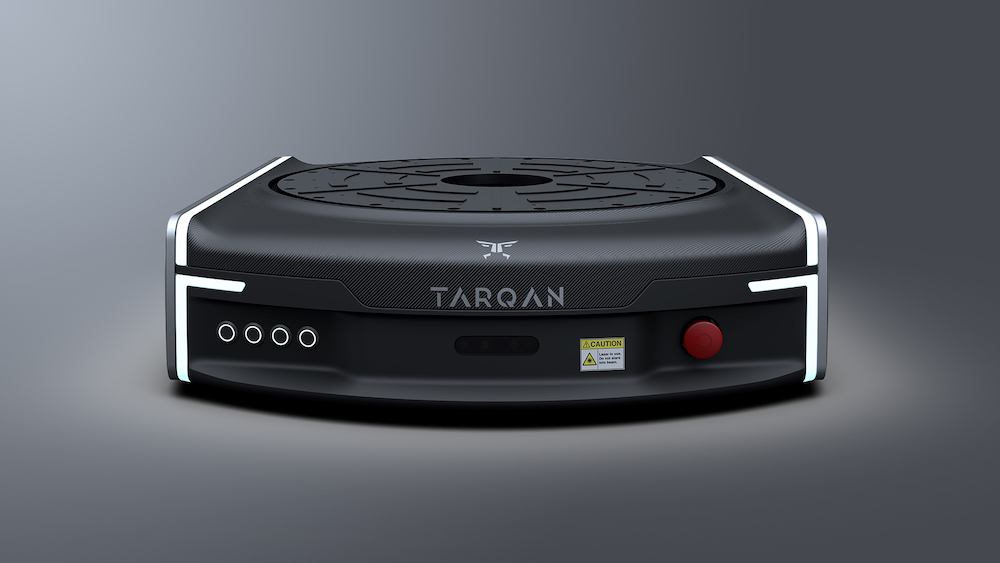When deploying an AGV, or any other fulfillment robot for that matter, you consider its capabilities, features, and pricing—but what about its design? After all, an AGV’s design can account for many things within your warehouse.
What do we mean by “its design?” Everything regarding its outer appearance, from its dimensions to its exterior materials.
So, without further ado, let’s jump to the 5 reasons why you should keep an eye out for an AGV’s design!
What Is a Fulfillment Robot?
For those who are new to the industry, let’s take a step back to explain what a fulfillment robot is.
Fulfillment robots are automation solutions deployed to automate various fulfillment processes within a warehouse. The most essential among these fulfillment robots are usually goods-to-person robots (G2P).
The most common types of goods-to-person robots are Automated Guided Vehicles (AGV) and Autonomous Mobile Robots (AMR).
In a nutshell, these robotic solutions automate the picking processes by shifting roles with humans—instead of humans roaming through aisles and sorting their way through hundreds of racks and bins, humans stay put, and these robotic solutions bring the products to them. Hence the name goods-to-person.
With such automation, eCommerce businesses experience faster, more accurate, and cost-efficient fulfillment operations.

5 Reasons an AGV’s Design Matters
1. Safety
Let’s start with one of the most important aspects of a warehouse—safety. When deploying a fulfillment robot, first, you must ensure that it is designed per safety regulations.
That said, many robots have sensors and other built-in safety measures that prevent collisions, work injuries, etc., with incredible response times.
However, having an emergency stop button that allows manual interference with these warehouse robots is not only crucial but mandatory to make sure you’re prepared for the worst-case scenario and that you can override the robots whenever needed.
So, you have to ensure that these robots’ design includes a visible emergency stop button, carefully positioned to be easily accessed when needed.
2. Durability
It’s no secret that warehouses are not exactly the cleanest of environments, so you have to make sure that the fulfillment robot you have an eye out for is not afraid to get dirty and that it can survive dust and even spillages.
In addition, with G2P robots’ impressive lifting capabilities, you have to make sure that their outer components are durable enough to do the heavy lifting—no puns intended.
For instance, TARQAN’s elegant looks may fool you, but with a lifting load of up to 1000 kg, it is built to be tough. Its exterior comprises a durable ABS shell with solid aluminum side panels that can withstand any impact that may occur within the warehouse.
TARQAN is the world’s first G2P robot with a carbon fiber shield, making it one of the most durable warehouse automation solutions.
3. Human-Robot Collaboration (HRC)
Here’s another major reason you have to consider whether or not a fulfillment robot’s design is suitable for your operations—Human-Robot Collaboration (HRC).
There are many studies showing how a service robot’s design impacts the productivity of the humans they work alongside with. And as fulfillment robots are also considered service robots according to ISO/TC 299, here are 2 most prominent design elements you have to keep an eye out for when opting for an AGV or AMR:
- Size and dimensions: These robots should not be gigantic and intimidating as such designs can trigger a defense mechanism among humans or lead to distrust towards their presence.
- Color: Considering that these robots will be on display every day, you have to make sure that their color scheme is neither too harsh to the eye nor too dull to the soul.
For instance, TARQAN’s design is a combination of black, steel, and streaks of LED—we like to think that it’s easy to the eye yet cool enough not to get bored of.

4. Efficiency
First of all, almost any warehouse automation is at least two times more efficient than manual processes. That said, how much efficiency you’ll experience is correlated to the robot’s capabilities, features, and, yes, design.
Here’s an example, the smaller the robot, the less space it’ll need to travel within your warehouse, which means more space you get to utilize for storage or other value-added purposes.
Did you know that TARQAN is the thinnest G2P within its class? Thus, it provides up to 10% more storage space than its competitors.
5. Brand Image
Last but not least, how “fancy” or “technological” these deployments look can ultimately improve your brand image. How?
Today, consumers love to take a glance into the kitchen (in this case, your warehouse). As automation processes will help you improve delivery times, order accuracy, and overall customer experience, you’ll have a chance to promote how tech-enabled your warehouse and fulfillment operations are.
What better way is there to do that than with a picture-perfect fulfillment robot?
All in all…
As a fulfillment service provider for almost a decade, we know that deploying automation can go a long way in increasing productivity and improving your operations’ efficiency.
However, we also know deciding on which deployment is best for your business is not an easy process. And with the investments you’ll make into these deployments, we wanted to ensure that you have an eye out for every aspect to consider, even the overlooked ones.
If you’d like to talk more about what you should look for in a G2P, or better yet, meet TARQAN, feel free to contact us!


